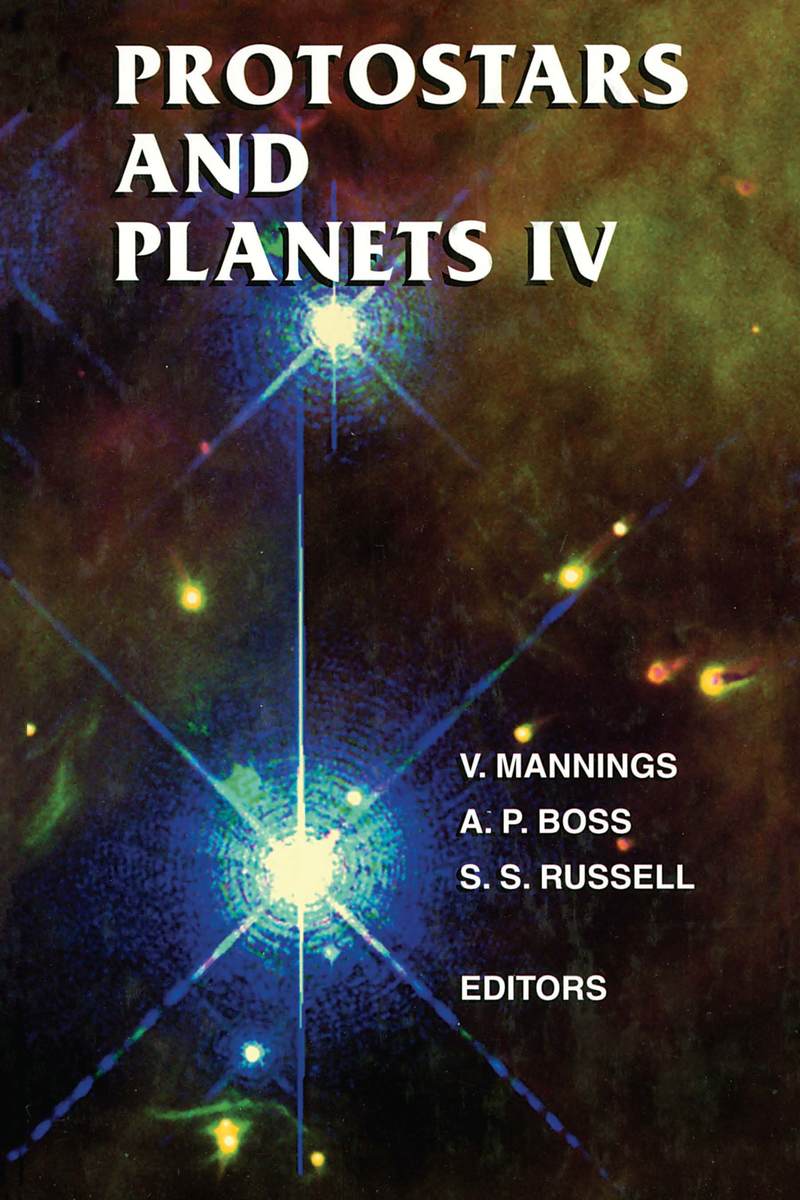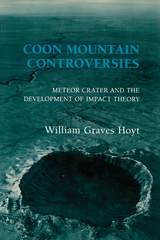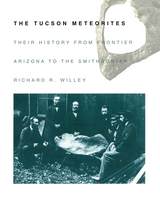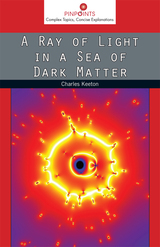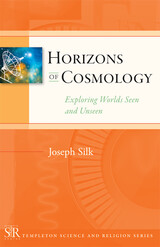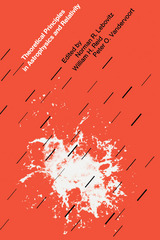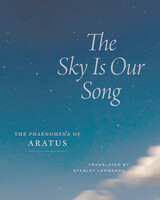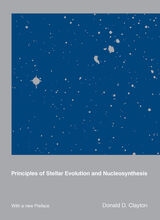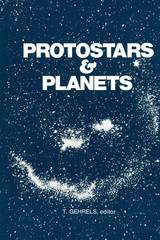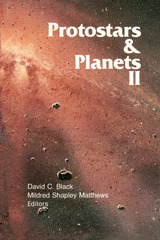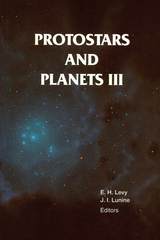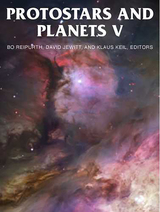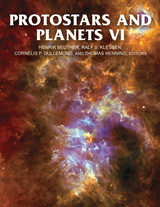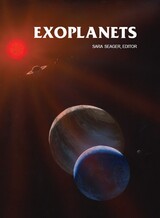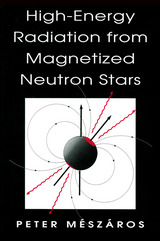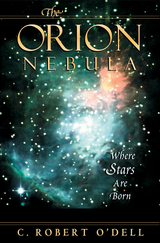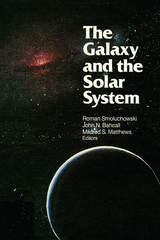Dedication
Contents
Collaborating Authors
Preface
Part I - Molecular Clouds and Star Formation
Compressible MHD Turbulence: Implications for Molecular Cloud and Star Formation / E. Vazquez-Semadeni, E. C. Ostriker, T. Passot, C. F. Gammie, and J. M. Stone
Chemical Evolution of Protostellar Matter / W. D. Langer, E. F. van Dishoeck, E. A. Bergin, G. A. Blake, A. G. G. M. Tielens, T. Velusamy, and D. C. B. Whittet
From Prestellar Cores to Protostars: The Initial Conditions of Star Formation / P. Andre, D. Ward-Thompson, and M. Barsony
The Structure and Evolution of Molecular Clouds: From Clumps to Cores to the IMF / J. P. Williams, L. Blitz, and C. F. McKee
The Stellar Initial Mass Function: Constraints from Young Clusters, and Theoretical Perspectives / M. R. Meyer, F. C. Adams, L. A. Hillenbrand, J. M. Carpenter, and R. B. Larson
The Formation of Stellar Clusters / C. J. Clarke, I. A. Bonnell, and L. A. Hillenbrand
Observations and Theory of Star Cluster Formation / B. G. Elmegreen, Y. Efremov, R. E. Pudritz, and H. Zinnecker
Observations of Infall in Star-Forming Regions / P. C. Myers, N. J. Evans II, and N. Ohashi
Polarized Light from Star-Forming Regions / D. A. Weintraub, A. A. Goodman, and R. L. Akeson
The Low-Mass Stellar Population of the Orion OB1 Association, and Implications for the Formation of Low-Mass Stars / F. M. Walter, J. M. Alcala, R. Neuhauser, M. Sterzik, and S. J. Wolk
Hot Molecular Cores and the Earliest Phases of High-Mass Star Formation / S. Kurtz, R. Cesaroni, E. Churchwell, P. Hofner, and C. M. Walmsley
The Formation of Massive Stars / S. W. Stahler, F. Palla, and P. T. P. Ho
Part II - Circumstellar Envelopes and Disks
The Structure and Evolution of Envelopes and Disks in Young Stellar Systems / L. G. Mundy, L. W. Looney, and W. J. Welch
Evolution of Disk Accretion / N. Calvet, L. Hartmann, and S. E. Strom
Disk Dispersal around Young Stars / D. J. Hollenbach, H. W. Yorke, and D. Johnstone
Effects of Energetic Radiation in Young Stellar Objects / A. E. Glassgold, E. D. Feigelson, and T. Montmerle
Spectroscopy of Inner Protoplanetary Disks and the Star-Disk Interface / J. R. Najita, S. Edwards, G. Basri, and J. Carr
High-Resolution Optical and Near-Infrared Imaging of Young Circumstellar Disks / M. J. McCaughrean, K. R. Stapelfeldt, and L. M. Close
Subarsecond Millimeter and Submillimeter Observations of Circumstellar Disks / D. J. Wilner and O. P. Lay
Dust Properties and Assembly of Large Particles in Protoplanetary Disks / S. V. W. Beckwith, T. Henning, and Y. Nakagawa
Properties and Evolution of Disks around Pre-Main-Sequence Stars of Intermediate Mass / A. Natta, V. P. Grinin, and V. Mannings
Transport Processes in Protostellar Disks / J. M. Stone, C. F. Gammie, S. A. Balbus, and J. F. Howley
Infalling Planetesimals in Pre-Main-Sequence Stellar Systems / C. A. Grady, M. L. Sitko, R. W. Russell, D. K. Lynch, M. S. Hanner, M. R. Perez, K. S. Bjorkman, and D. de Winter
Planetary Material around Main-Sequence Stars / A. -M. Lagrange, D. E. Backman, and P. Artymowicz
Part III - Young Binaries
Multiple Fragmentation of Protostars / P. Bodenheimer, A. Burkert, R. I. Klein, and A. P. Boss
Young Binary Stars and Associated Disks / R. D. Mathieu, A. M. Ghez, E. L. N. Jensen, and M. Simon
Interactions of Young Binaries with Disks / S. H. Lubow and P. Artymowicz
Part IV - Jets and Outflows
Disk Winds and the Accretion-Outflow Connection / A. Konigl and R. E. Pudritz
X-Winds: Theory and Observations / F. H. Shu, J. R. Najita, H. Shang, and Z. -Y. Li
Collimation and Propagation of Stellar Jets / J. Eisloffel, R. Mundt, T. P. Ray, and L. F. Rodriguez
Shock Structures and Momentum Transfer in Herbig-Haro Jets / P. Hartigan, J. Bally, B. Reipurth, and J. A. Morse
Molecular Outflows from Young Stellar Objects / J. S. Richer, D. S. Shepherd, S. Cabrit, R. Bachiller, and E. Churchwell
Part V - Early Solar System and Planet Formation
The Fu Orions Phenomenon and Solar Nebula Material / K. R. Bell, P. M. Cassen, J. T. Wasson, and D. S. Woolum
Formation of Chondrules and CAIs: Theory vs Observation / R. H. Jones, T. Lee, H. C. Connolly, Jr. , S. G. Love, and H. Shang
Extinct Radionuclides and the Origin of the Solar System / J. N. Goswami and H. A. T. Vanhala
Timescales of Accretion and Differentiation in the Early Solar System: The Meteoritic Evidence / M. Wadhwa and S. S. Russell
Meteorical and Astrophysical Constraints on the Oxidation State of the Solar Nebula / A. N. Krot, B. Fegley, Jr., K. Lodders, and H. Palme
The Outer Solar System: Chemical Constraints at Low Temperatures on Planet Formation / J. I. Lunine, T. C. Owen, and R. H. Brown
Giant Planet Formation / G. Wuchterl, T. Guillot, and J. J. Lissauer
Orbital Evolution and Planet-Star Tidal Interaction / D. N. C. Lin, J. C. B. Papaloizou, C. Terquem, G. Bryden, and S. Ida
Disk-Planet Ineractions and the Formation of Planetary Systems / W. R. Ward and J. M. Hahn
Part VI - Comets and the Kuiper Belt
Comets: A Link between Interstellar and Nebular Chemistry / W. M. Irvine, F. P. Schloerb, J. Crovisier, B. Fegley, Jr., and M. J. Mumma
Physical Nature of the Kuiper Belt / D. C. Jewitt and J. X. Luu
Dynamics of the Kuiper Belt / R. Malhotra, M. J. Duncan, and H. F. Levison
Formation and Collisional Evolution of the Edgeworth-Kuiper Belt / P. Farinella, D. R. Davis, and S. A. Stern
Part VII - Extrasolar Planets and Brown Dwarfs
Extrasolar Planets around Main-Sequence Stars / G. W. Marcy, W. D. Cochran, and M. Mayor
Brown Dwarfs / B. R. Oppenheimer, S. R. Kulkarni, and J. R. Stauffer
New Ideas in the Theory of Extrasolar Giant Planets and Brown Dwarfs / A. Burrows, W. B. Hubbard, J. I. Lunine, M. S. Marley, and D. Saumon
Part VIII - Intial Conditions for Astrobiology
Planetary Habitability and the Origins of Life / C. F. Chyba, D. P. Whimire, and R. Reynolds
Glossary
Color Section
Index
